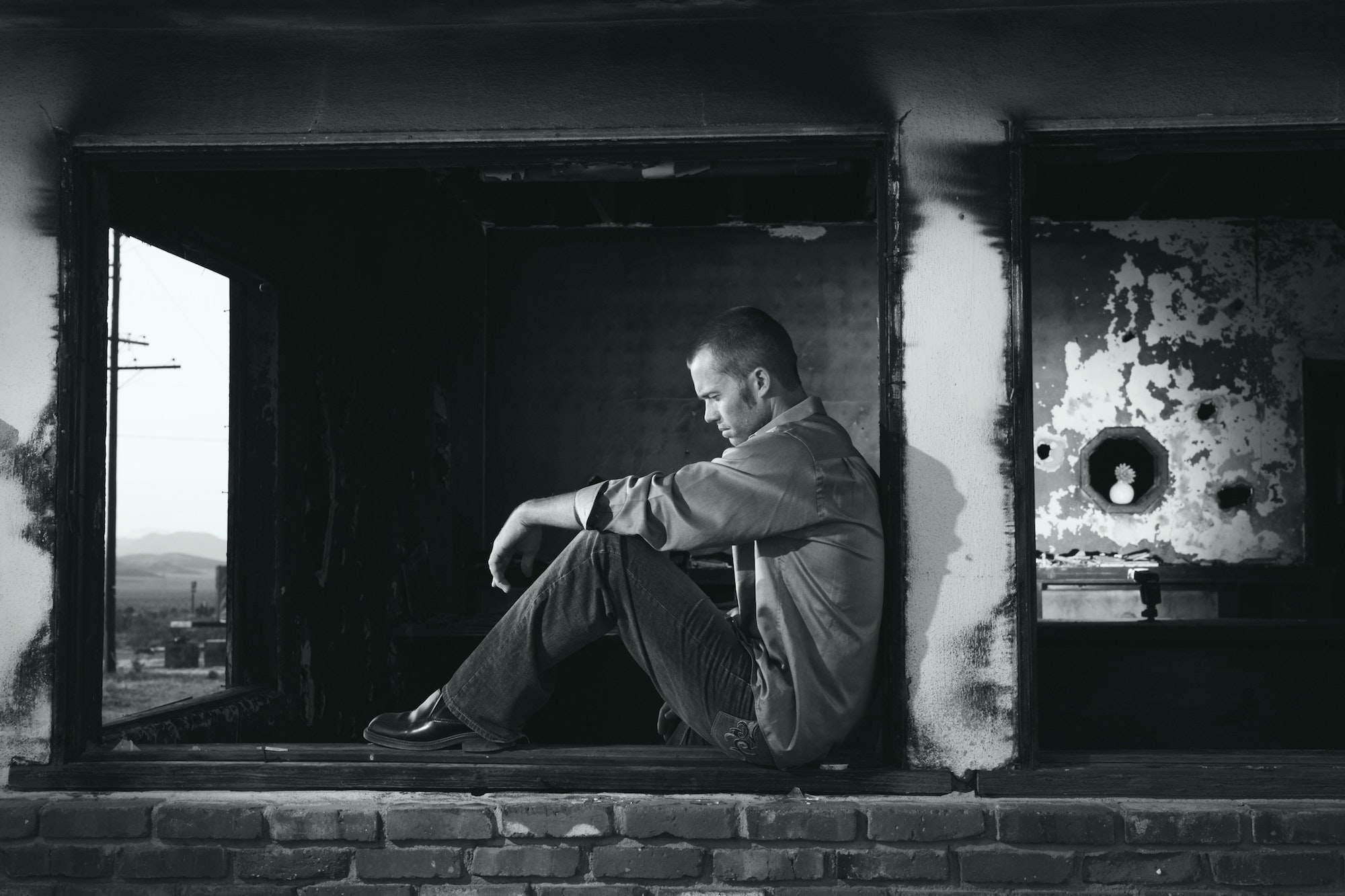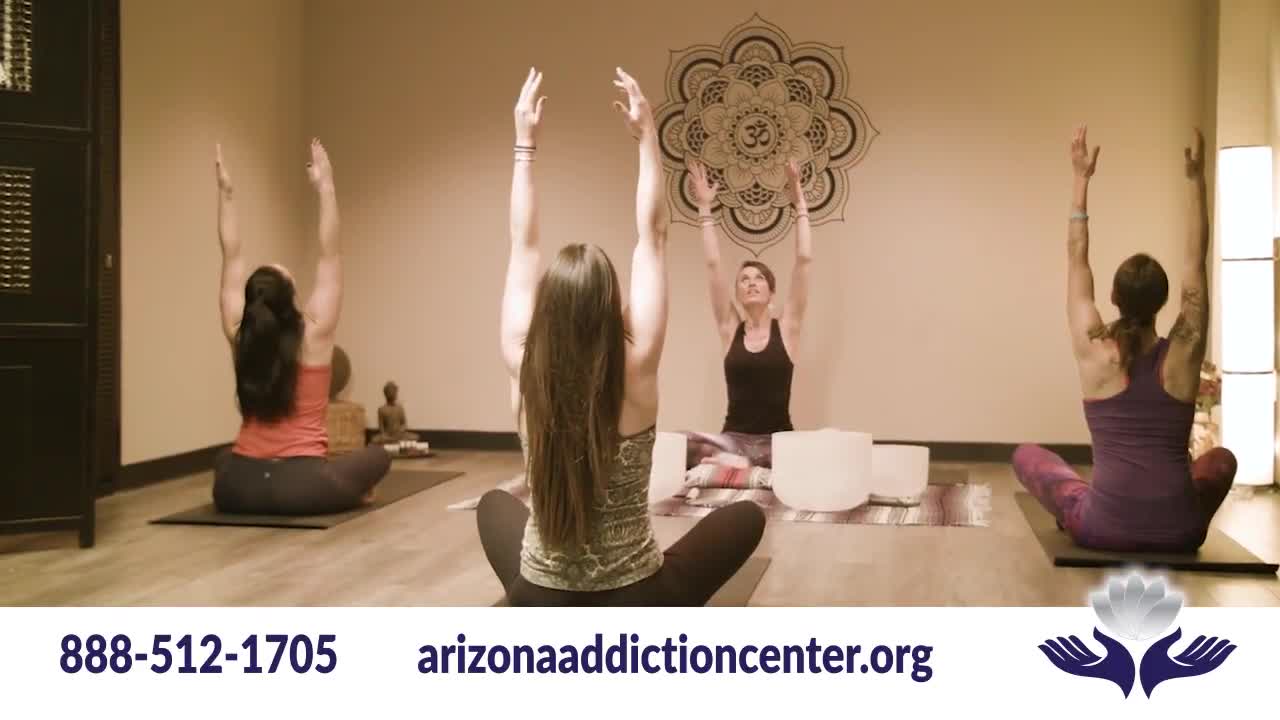How We Might Solve the Opioids Crisis

According to an interview, one of the things that Breaking Bad got right was the life of a drug dealer, and how life becomes a combination of addicting, and ultimately irresistible thrills – the thrill is real, but so is the danger. Despite this, millions of people all over the world participate in the manufacture and distribution of illicit drugs, and the profits therein are potentially enormous.
The series was also remarkable in its ability to spark conversation, and inspire people talking about their experiences with drugs and alcohol. Breaking Bad became a beloved show, with the main character’s struggle to stay out of the drug game functioning as the center of the show.
What’s also remarkable about Breaking Bad is its timing – while the Opioid Crisis is the most visible drug problem in the United States right now, methamphetamines are also a dangerous issue. First synthesized toward the end of the 19th century in Eastern Europe, meth in the United States has steadily risen in the amount used, number of users, and of course, number of overdose deaths.
The US is far from the first, or only country to be overwhelmed by drug use: opium dens housed addicted persons for short, drug-filled stays starting in the Middle Ages, and continuing their legacy in crack houses and party houses. Of course, parties look very different when the drug of choice is a stimulant than they do when the drug of choice is opioids.
Many people living with addiction to opioids started with abusing prescription drugs. The problem with opioids today is so bad, pharmaceutical executives are having to answer for the large number of people who became addicted to their product, and are now dealing with long-term consequences for their health, and quality of life.
This, though, is far from an impossible situation: it is possible for us to take lessons from other countries. Several other countries have confronted their national drug problems head-on, with aggressive focuses shifting to alternative ways of dealing with their own respective crises.
Globally, countries are gradually adopting new and better ways of healing their vulnerable, addicted populations. The countries who’ve chosen to outlaw punishment, instead of implementing it as a scare tactic, have seen encouraging success, and Americans are certainly worth the investment.
How We Got Here

This obviously has no single, straight answer, but comes from a variety things, beginning with the cost of legal opioids. In the 1990s, just as today, doctors in the United States were regularly courted by pharmaceutical representatives seeking to grow their business. It is estimated that, during this decade, pharmaceutical companies spent hundreds of millions of dollars in their effort to win over doctors, nurses, and emergency care medical staff. This money was used to purchase resort getaways, finance luxurious conferences, and ensure that doctors would order their drug, and prescribe it to their patients. Though this presents an ethical problem for many people, unfortunately, it isn’t against the law, and is very common.
Not only was the spending on this kind of direct marketing enormous, but other types of advertising internally to the medical field is a necessary step in gaining recognition for any product, drugs included. All of these efforts paid off, though: doctors began to prescribe more and more opioids for their patients, and use of opioids became normal for cancer patients, and the few cases of extreme pain that necessitate it.
In the early 2000s, though, after a decade of allowing the pervasiveness of opioids to grow, the rates of addiction to opioid street drugs shot up – they were the cheap alternative to the costly prescriptions that were pushed in the 1990s. In 2017, there were a record 72,000 deaths from drug overdoses – well over half of them were due to opioids poisoning, with the deadly Fentanyl topping the list of deadly drugs.
What We Can Do
There is hope yet: we are in an age of information, and in the United States, there has never been a generation of people who are so well-informed of the deadly consequences of drugs and alcohol addiction. We still have a long way to go, though: young people are vaping, a potentially dangerous practice, smoking marijuana, which, in excess, can cause brain damage to young minds, and young adults have fallen in love with binge-drinking. Despite this, drug use among younger people has fallen over the years, coinciding with a rise in overdose deaths in middle-aged men and women.
Living in a more digitally-connected, global society has been enormously beneficial in the fight against addiction. The ability to see what others are trying and what has and has not been successful in other countries is a great starting point to pioneer new treatments, and that very thing has been happening all over the country. With a stronger understanding of addiction as a disease, the American inclination to treat an illness with drugs always prevails.
Elsewhere, in Europe, for example, it is common to prescribe drugs to help with healing from addiction after other therapies have been utilized. This isn’t always feasible in the United States, though, nor it is an absolute rule in Europe – severe cases usually need immediate medicinal therapy. Looking to Portugal, Switzerland, and Uruguay might give us an idea of how to effectively move forward in the battle against addiction.
What Does Rehab Look Like?
The countries are known for their effective and innovative approach to their country’s drug problems. As one can imagine, rehab absolutely exists in Switzerland, but the approach to rehab is different – the initial focus lay in harm reduction, as opposed to immediate substance eradication. Harm reduction is brave new step that involves government intervention to provide safe spaces and clean materials for addicted persons to safely medicate themselves, and experience their high. These facilities are carefully monitored, and have done wonders for the rate of infections for communicable diseases.
While still figuring out all of the kinks, Uruguay officially legalized marijuana nationally. There are some restrictions, but no one else will live in fear of legal retribution for consuming marijuana, which positively affects the poorest people in the country – they’re able to continue growing and enjoying their product without violent government intervention. Taking hints and examples from other countries can help us to save more lives in the United States, even with this seemingly insurmountable crisis of addiction.




